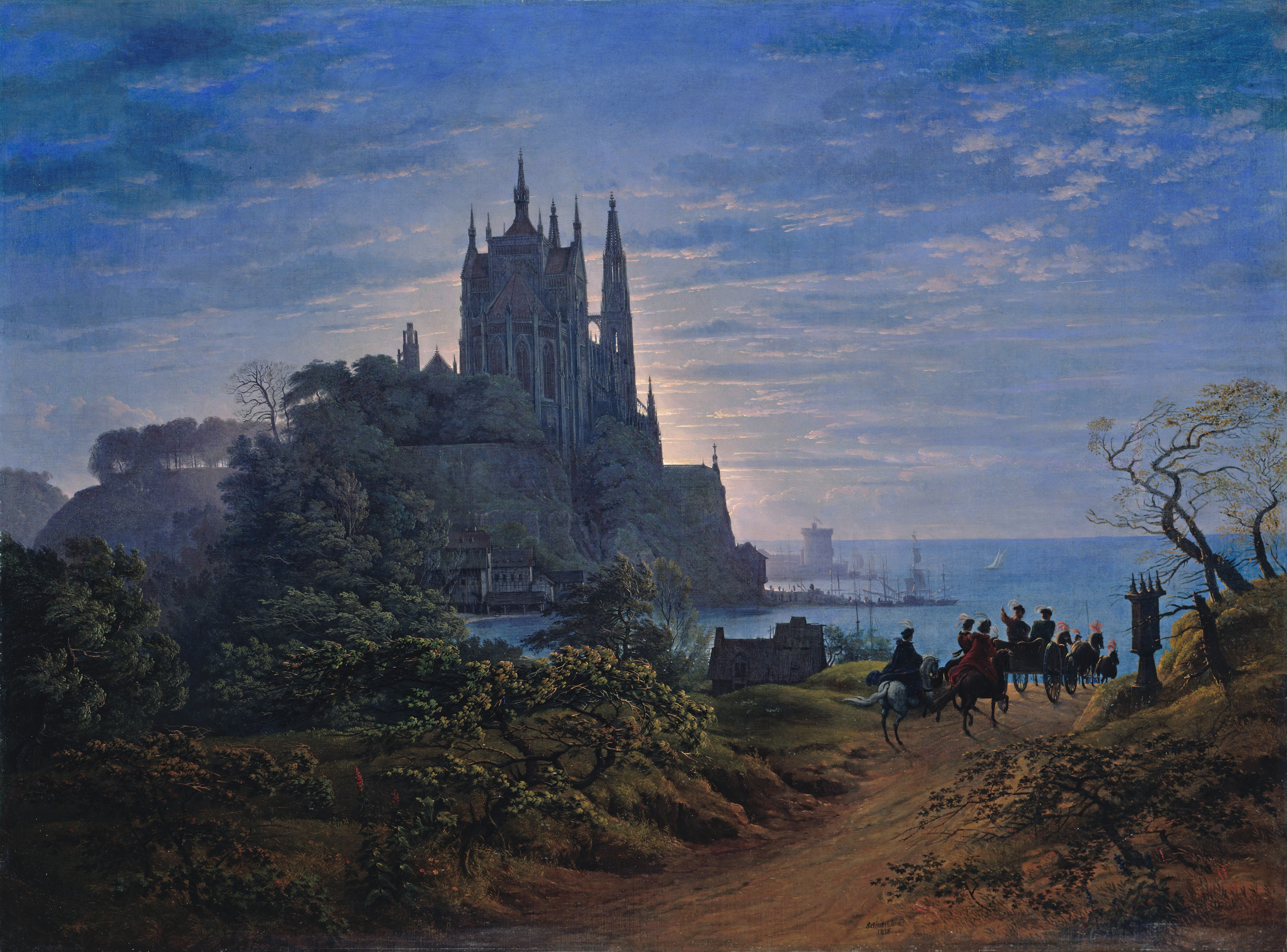|
Schinkel School
The Schinkel school (''Schinkelschule'') was a German architectural style active from 1840 to the end of the 19th century. It is named after its head, Karl Friedrich Schinkel. See also * Rundbogenstil (round-arch style) is a nineteenth-century historic revival style of architecture popular in the German-speaking lands and the German diaspora. It combines elements of Byzantine, Romanesque, and Renaissance architecture with particular ... Architectural styles {{Architecture-stub ... [...More Info...] [...Related Items...] OR: [Wikipedia] [Google] [Baidu] |
Architectural Style
An architectural style is a set of characteristics and features that make a building or other structure notable or historically identifiable. It is a sub-class of style in the visual arts generally, and most styles in architecture relate closely to a wider contemporary artistic style. A style may include such elements as form, method of construction, building materials, and regional character. Most architecture can be classified within a chronology of styles which changes over time, reflecting changing fashions, beliefs and religions, or the emergence of new ideas, technology, or materials which make new styles possible. Styles therefore emerge from the history of a society. They are documented in the subject of architectural history. At any time several styles may be fashionable, and when a style changes it usually does so gradually, as architects learn and adapt to new ideas. The new style is sometimes only a rebellion against an existing style, such as post-modernism (meaning ... [...More Info...] [...Related Items...] OR: [Wikipedia] [Google] [Baidu] |
Karl Friedrich Schinkel
Karl Friedrich Schinkel (13 March 1781 – 9 October 1841) was a Prussian architect, city planner and painter who also designed furniture and stage sets. Schinkel was one of the most prominent architects of Germany and designed both neoclassical and neogothic buildings. His most famous buildings are found in and around Berlin. Biography Schinkel was born in Neuruppin, Margraviate of Brandenburg. When he was six, his father died in the disastrous Neuruppin fire of 1787. He became a student of architect Friedrich Gilly (1772–1800) (the two became close friends) and his father, David Gilly, in Berlin. At that time, the architectural taste in Prussia was shaped in neoclassical style, mainly by Carl Gotthard Langhans, the architect of the Brandenburg Gate in Berlin. After returning to Berlin from his first trip to Italy in 1805, he started to earn his living as a painter. When he saw Caspar David Friedrich's painting ''Wanderer above the Sea of Fog'' at the 1810 Berlin art ... [...More Info...] [...Related Items...] OR: [Wikipedia] [Google] [Baidu] |
Rundbogenstil
(round-arch style) is a nineteenth-century historic revival style of architecture popular in the German-speaking lands and the German diaspora. It combines elements of Byzantine, Romanesque, and Renaissance architecture with particular stylistic motifs. It forms a German branch of Romanesque Revival architecture sometimes used in other countries. History and description The style was the deliberate creation of German architects seeking a German national style of architecture, particularly Heinrich Hübsch (1795–1863). It emerged in Germany as a response to and reaction against the neo-Gothic style that had come to the fore in the late 18th and early 19th centuries. By adopting the smooth facade of late antique and medieval church architecture, it aimed to extend and develop the noble simplicity and quiet grandeur of neo-classicism, while moving in a direction more suited to the rise of industrialism and the emergence of German nationalism. Hallmarks of the style, in ... [...More Info...] [...Related Items...] OR: [Wikipedia] [Google] [Baidu] |


